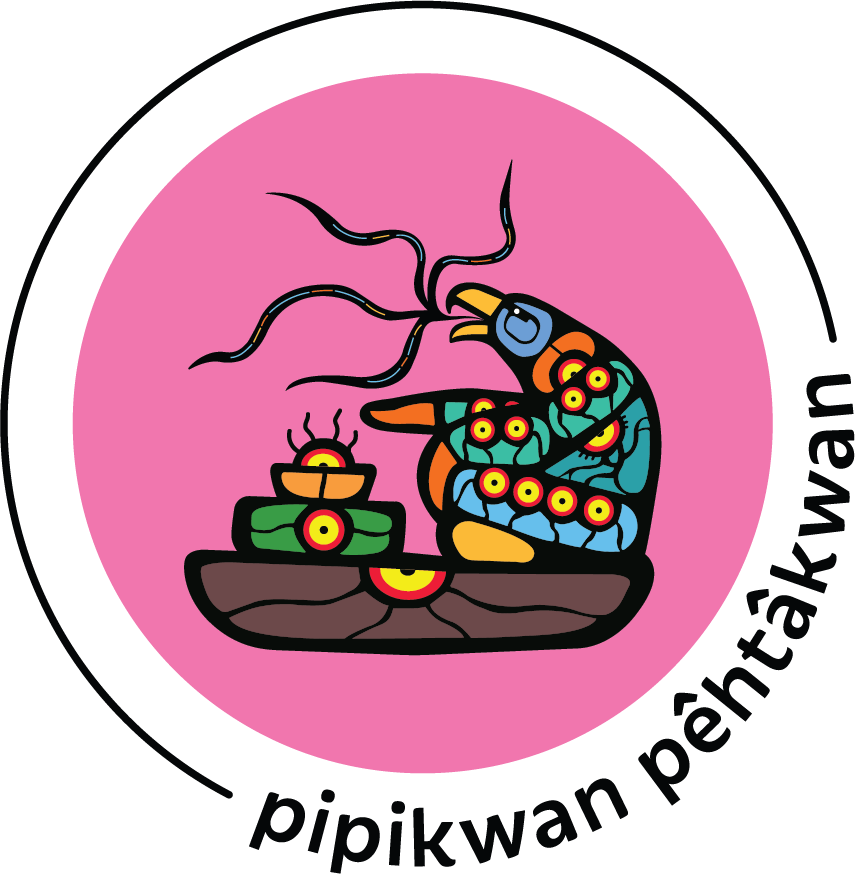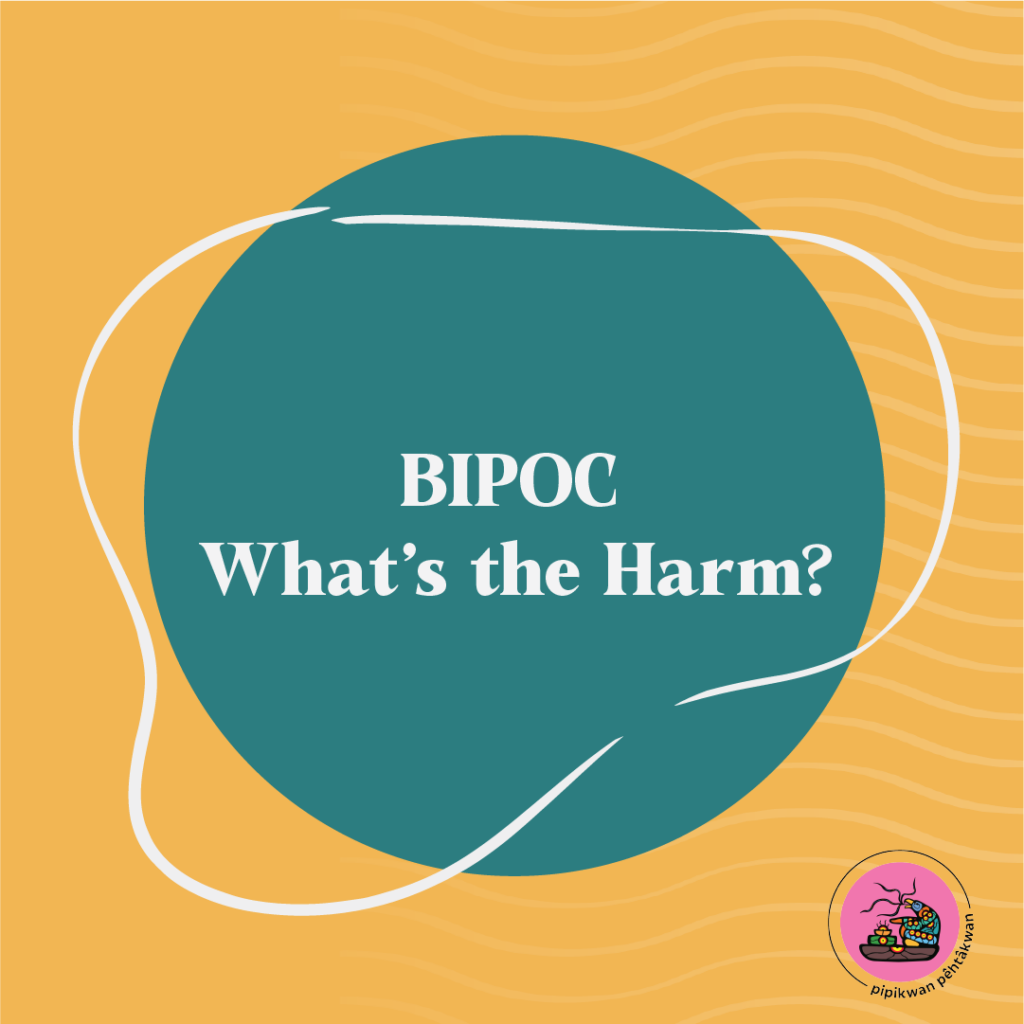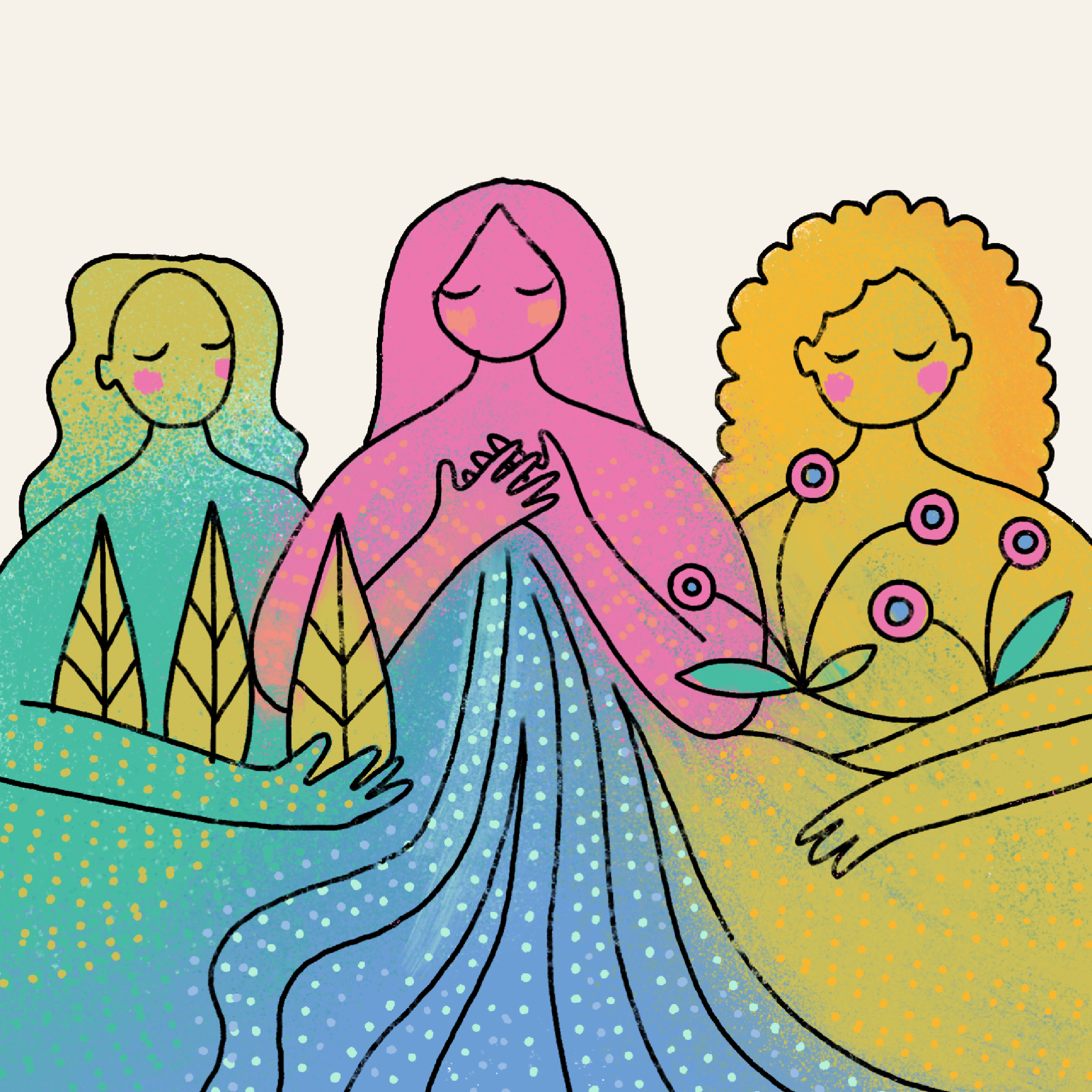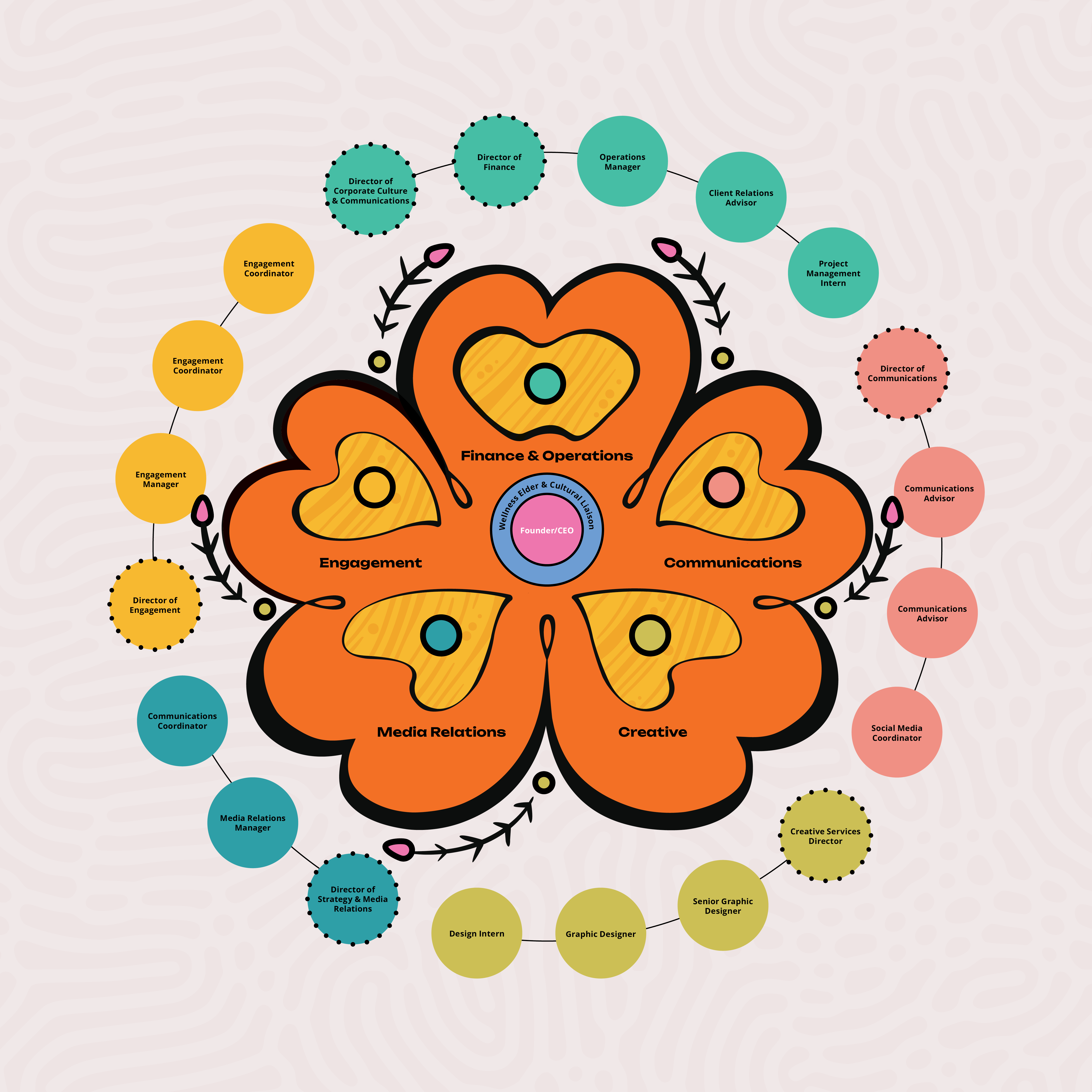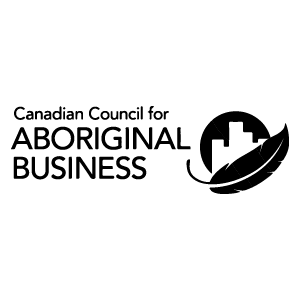Language to reduce harm on Indigenous Peoples
Where did the term BIPOC come from and why do we use it?
When we consider the term BIPOC (Black, Indigenous and People of Colour) and whether it encapsulates who we are as a people and a company, we must first understand the historical context behind the term.
The earliest reference we could find to the term BIPOC was in a Tweet in 2013, though it didn’t gain traction until the murder of George Floyd in 2020. The details of that murder are horrific, and I won’t outline them here. However, if you want more details for context, read this article by the New York Times titled How George Floyd Was Killed in Police Custody. The article includes descriptions of graphic violence, so please use caution when reading through.
Floyd, a Black man, was murdered by white police officer Derek Chauvin in the streets of Minneapolis in 2020. Chauvin used unnecessary force to restrain Floyd, and as a result, Floyd died from that interaction. This sparked international outrage and it became clear that America could no longer ignore the blatant racism and police brutality towards Black people in the United States.
That violent act of racism caused a ripple effect and required us to look at ourselves as a society. Things, as they were, were not working including how we used language to describe people. The term BIPOC became the new emblem for inclusivity. BIPOC was appointed to all people who didn’t identify as white. It became the politically ‘correct’ way to establish racial differences within the media – a majority white field.
Though it’s important to use language to reduce harm, it’s also important we identify with the language used to describe us. That’s why language is so important. Its critical terms honour us rather than other us.
The importance of language
How we place ourselves as Indigenous People matters. We’re connected to each other and the land. Often we identify ourselves through space and place and when an Indigenous person introduces themselves, it’s customary to include the Nation, region or family they’re from.
The term Indigenous is broad and it doesn’t encompass the complexities and nuances of who we are as individual peoples or cultures. The term Indigenous in-and-of-itself includes three distinctions – Métis, Inuit and First Nations. These are terms the federal government uses to define and categorize their relationship with us. And these three distinctions have many nuances within them. For instance, there are many cultures included in the term First Nations – a Salish person living in British Columbia will have different languages, worldviews, governance and protocols than an Annishinabe person living in Ontario. It’s impossible to illustrate these differences by grouping them into one homogenous group.
Further to that, when using the term BIPOC, the experiences of racialized peoples are even further erased. We understand what it is to be othered or face systemic oppression much like the other peoples included in the term, however our challenges, history, cultures, value systems and lived experiences differ drastically. The way many racialized groups experience and view the world is custom ancestral knowledge and experiences. It can’t be duplicated, compared or even grouped together.
Using all encompassing terms, such as BIPOC or People of Colour, only works to erase unique cultural identities while creating dissonance between how others view racialized people and our truths by way of lived experiences. The term is another form of othering and separating anyone who is not White. It becomes a term that continues to uplift white supremacy.
What can we do instead?
Though we can’t speak on behalf of all racialized people, we can ask that you take time to ask how people from different cultures would like to be addressed. This is the best way to approach any form of personal descriptors. It shows respect and it creates safety in language. As communicators and media professionals, we carry great responsibility when it comes to using language, and we want to make sure we’re doing this properly.
So, our ask is simple. Learn our names (both colonial and our traditional names)). Learn where we’re from. Don’t participate in acts of erasure, rather, get to know our history and background. Get specific about who you’re talking about. Get to know us. And always validate what you heard with the person you’re speaking with.
We deserve to be seen, acknowledged and heard.
